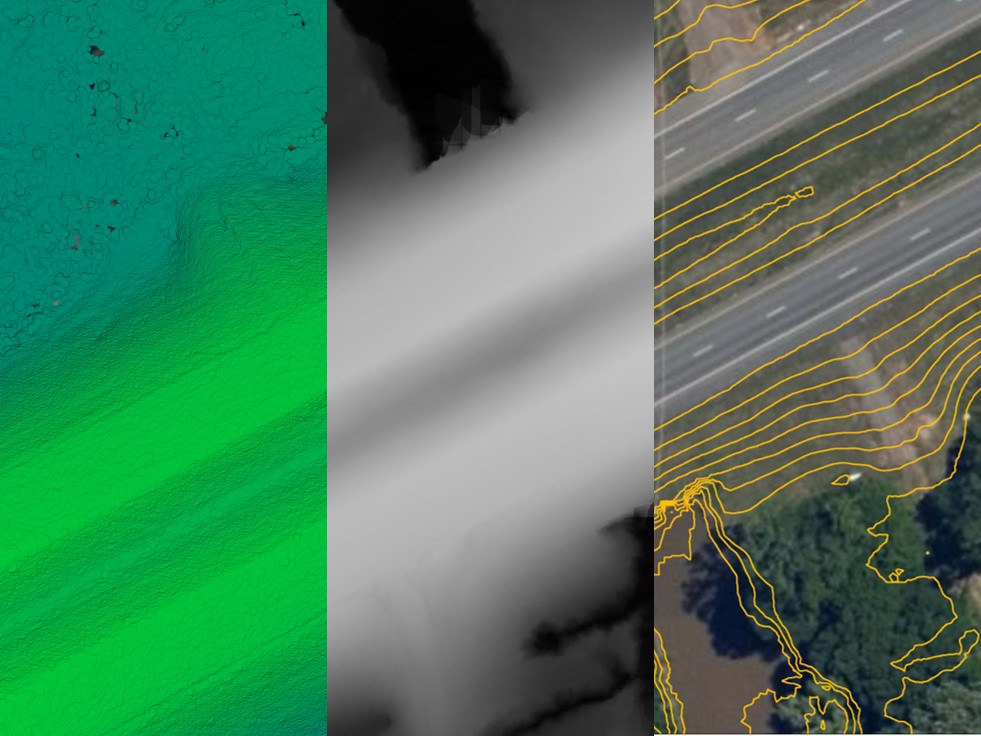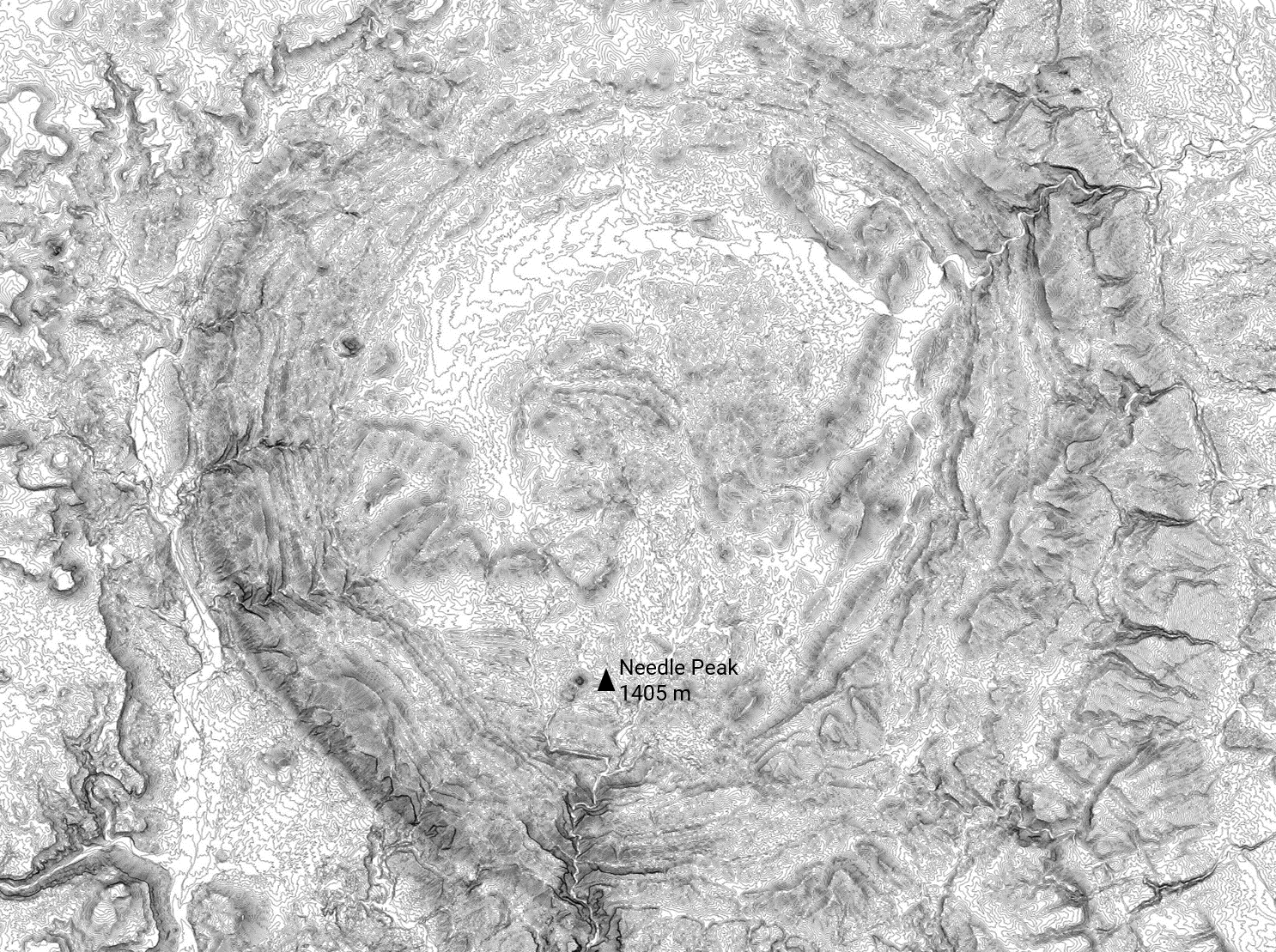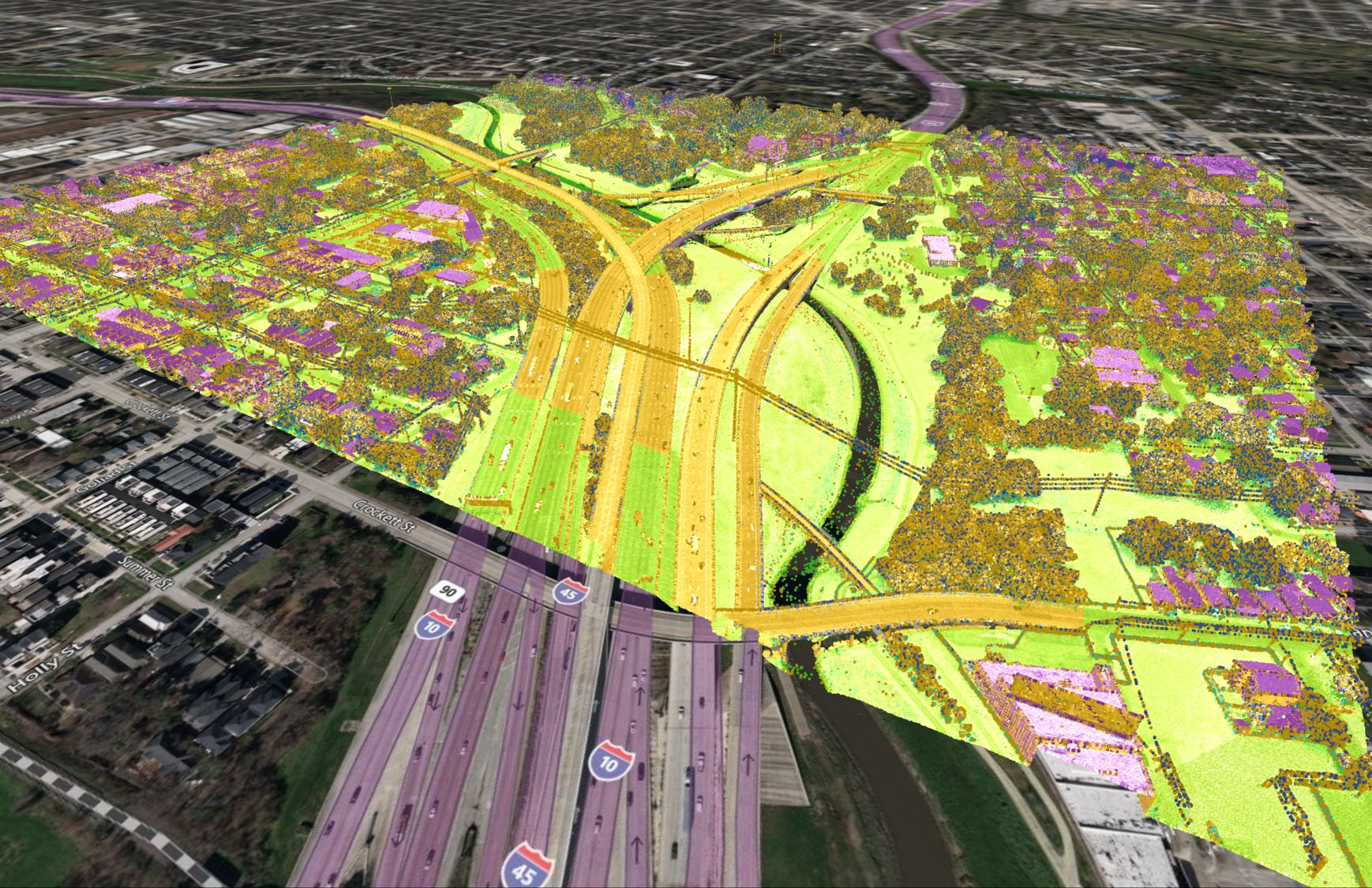What is Vegetated Vertical Accuracy (VVA)?
Vegetated Vertical Accuracy (VVA) is a measure of the accuracy of a digital elevation model (DEM) in areas where the land surface is covered by vegetation, such as forests or grasslands. It is expressed as the difference between the true elevation of the ground surface and the elevation that is recorded in the DEM.
The accuracy of a DEM can be affected by the presence of vegetation because the height of the vegetation canopy can interfere with the ability of the DEM to accurately record the elevation of the ground surface. This can lead to errors in the DEM, especially in areas with tall or dense vegetation.
Measuring VVA is important because it allows users to determine the reliability of a DEM in vegetated areas. It is often used in applications where accurate elevation data is critical, such as in the mapping of floodplains or the analysis of slope stability.
What is Non-Vegetated Vertical Accuracy (NVVA)?
Non Vegetated Vertical Accuracy (NVVA) is a measure of the accuracy of a digital elevation model (DEM) in areas where the land surface is not covered by vegetation, such as urban or bare soil areas. It is expressed as the difference between the true elevation of the ground surface and the elevation that is recorded in the DEM.
NVVA is often used in conjunction with Vegetated Vertical Accuracy (VVA) to assess the overall accuracy of a DEM. While NVVA is generally more reliable than VVA in areas without vegetation, it is still subject to errors due to factors such as the quality of the data used to create the DEM and the resolution of the DEM.
Measuring NVVA is important because it allows users to determine the reliability of a DEM in non-vegetated areas. It is often used in applications where accurate elevation data is critical, such as in the mapping of floodplains or the analysis of slope stability.








